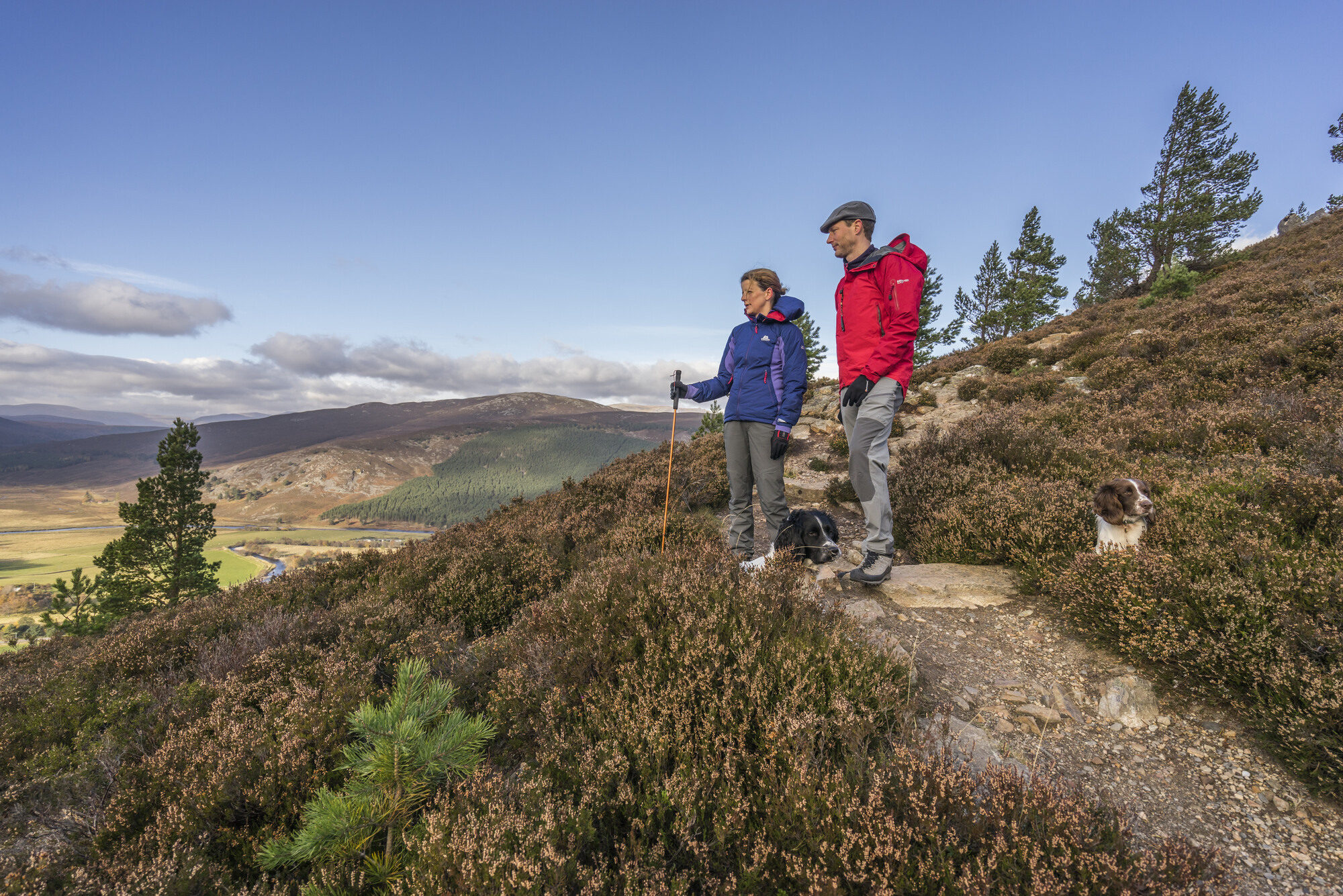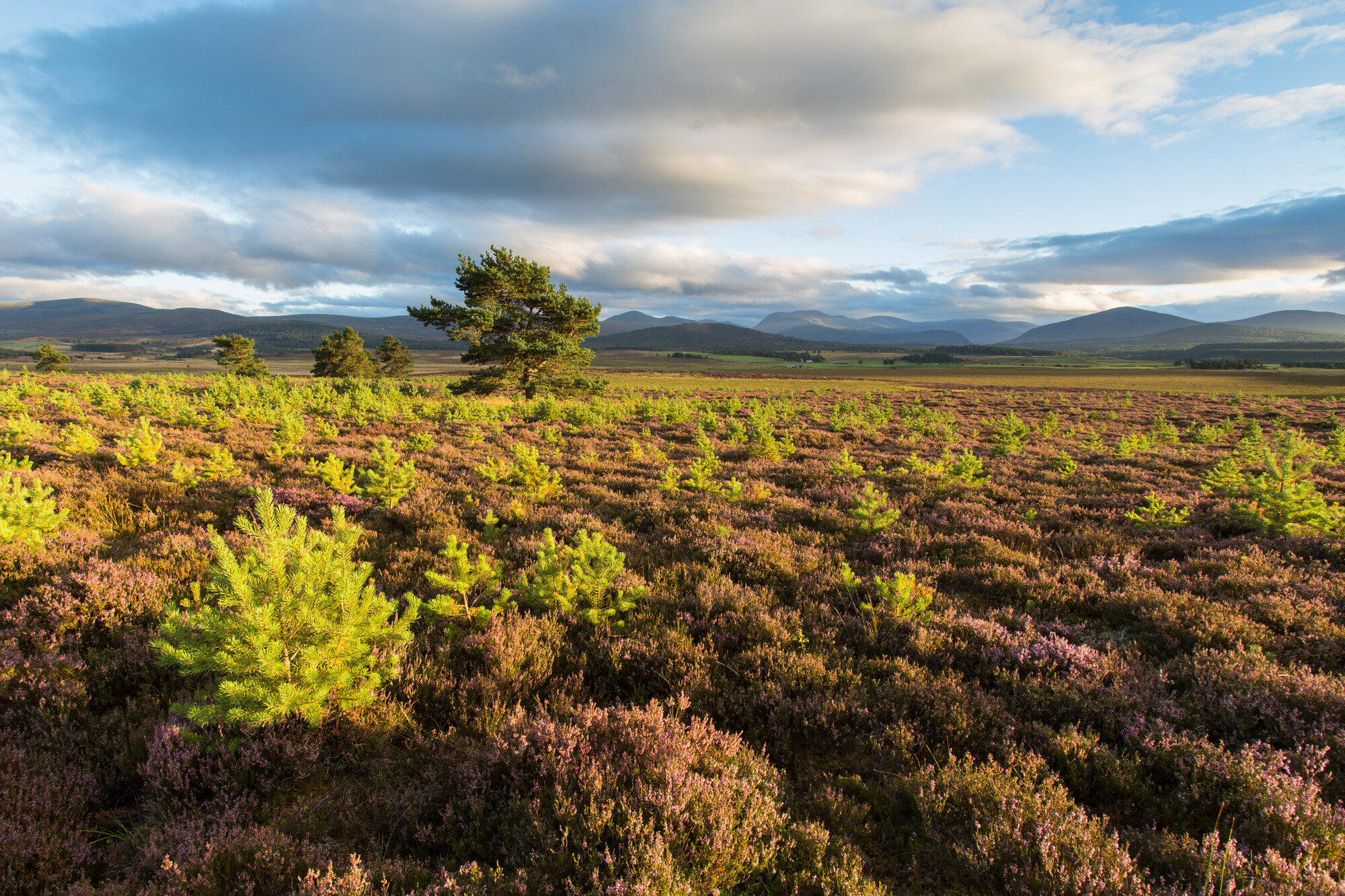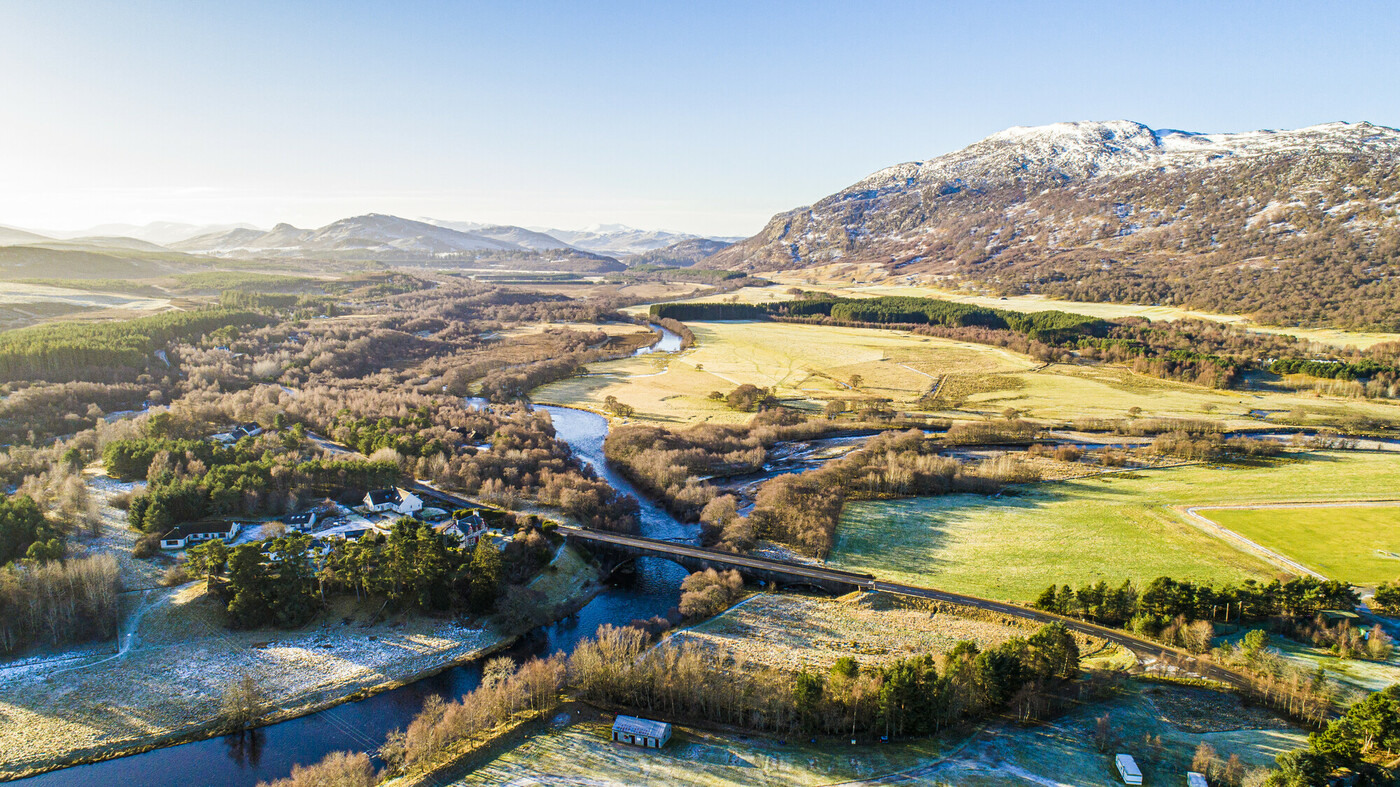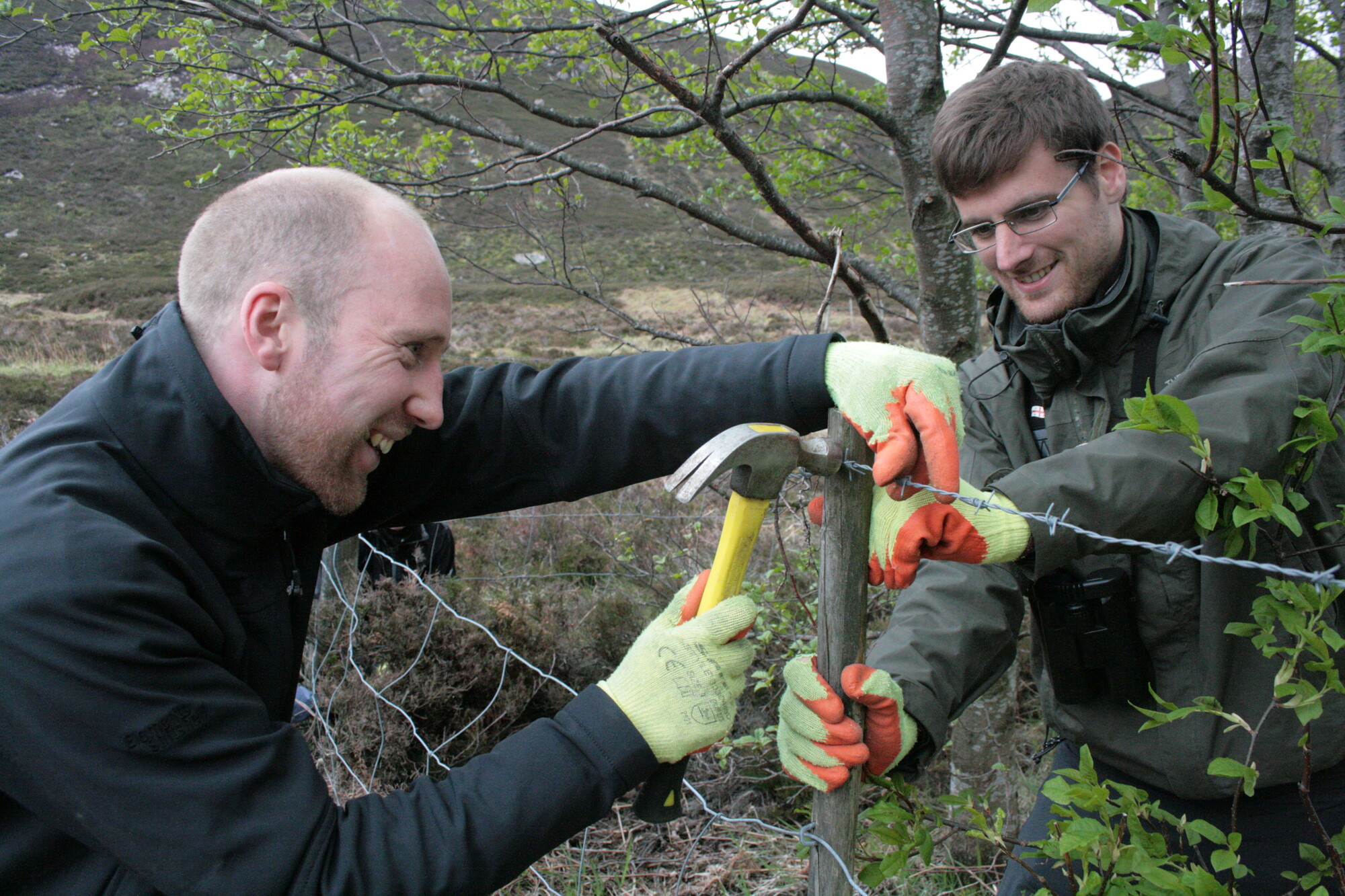Monthly beaver update - September 2025
Beaver Update September 2025 Jonathan Willet (6 October 2025)
Beaver Population Summary Year 1 releases – 18 Year 2 releases – 15 2024 wild-born kits – 2 (from two families) 2025 wild-born kits – 18 (from eight families) Total = 53 (including 1 beaver outwith the Park boundary)
Note The 2025 beaver survey of the Spey is being finalised and will be circulated in October.
Activity
- Rothiemurchus (Lily Loch): Beavers still active on the site.
- Wildland 1: A large Aspen was felled and continues to be bark-stripped (50% of the bark has been stripped, 6m in total) and de-limbed. A dam 6 meters long and 1 metre high has been built in an outflow burn of a loch. This has led the loch to reach normal winter levels, after 6 months of very low summer levels. The rain over the weekend of the 4 and 5 October has caused the dam to overtop, with a 10cm increase in the loch’s water level.
- Wildland 2: A third kit was seen on camera, taking this year’s total to 18.
- Insh Marshes. Beavers still active on the site. One pair have moved from a lodge to a burrow.
- Wildland 3: No change on site, no sign of a lodge or burrow.
- Wildland 4: Possible second burrow found, the beavers are still active on the site.
- Inshriach: Beavers are still active on the site.
- Loch Morlich: Beavers are still active on the site.
Aviemore: Extensive feeding activity on willows along the banks of the Spey, from Allt na Criche to Dalfaber. A new territory or two may form there this Autumn.
Kingussie Grazings: No sightings of a beaver on camera. Feeding activity was seen around the mouth of the River Tromie.
Sites outwith Kingussie to Aviemore
- Cromdale beaver kit. Not seen on camera since August, but feeding signs a couple of weeks old were seen in late September.
- Garmouth beaver. No new reports.
- Laggan Bridge. Fresh beaver feeding signs were seen during the canoe survey in August. On-foot inspections in early September found more fresh feeding signs. This site is being visited weekly to ascertain where the beaver is residing. Camera traps will be installed when permission from the landowner is received, this will indicate if there are one or two beavers on site. The tenant farmer and other relevant landowners have been informed and a WhatsApp Group has been created to share the site visit information.
Monitoring and Mitigation Plan Actions
- Monthly patrols of release sites undertaken.
- Weekly patrols of high impact areas have been undertaken.
- Beaver dam removal site. No recent activity.
- The Old Milton burrow has been filled in.
Raising Awareness and Understanding
- A Landward segment about eDNA (environmental DNA) and habitat monitoring in relation to beaver-induced changes was filmed in Glenmore and will be broadcast on the 20 November on BBC Scotland.
- Cairngorms Connect Conference. 1 September. Talk to 80 people about the project.
- Cairngorms Connect Conference — Volunteers. 4 September. Walk to look at beaver signs in Glenmore, with 30 people.
- International Beaver Symposium. 18 September. 150 people (from 26 countries) in three coaches visited Glenmore and the Beaver Trail (Rothiemurchus) through the day.
RSPB — North of England staff. 23 September. Talk and site visit to Glenmore with 23 RSPB staff.
Boat of Garten Residents. 26 September. 30 local residents attended a drop-in session from 2 – 7pm and asked questions about, “what would beavers do if they moved into Milton Loch and what assistance could the Park Authority provide?” The session was very productive. It reassured the individuals who had concerns and were unaware of the beaver mitigation resources (namely staff time and materials) the Park Authority could offer to residents. This drop-in session was organised as Milton Loch is highly likely to be colonised by beavers in the near future, as it has excellent habitat for beavers and is close to the Spey — the main dispersal route for beavers locally.
- Grantown Climate Festival. 26 September. 8 people attended a talk about the Bringing Beaver Back to the Park Project.




